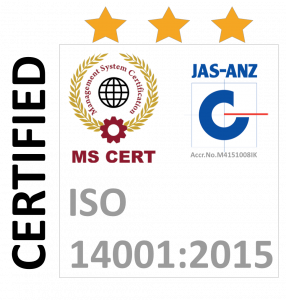Tri-axial Magnetoscan: fully automated ease with micrometrical accuracy
A magnetic measuring scanner, the new Magnetoscan is designed to measure the magnetic field generated by permanent magnet devices that exhibit axial or radial multipolar magnetization, as is the case with rotors or stators.
HIGHLIGHTS
- Rotor shaft size up to 100 mm and external diameter size up to 300 mm
- 2 complete revolution in about 6 seconds
- Records 80000 measurements per revolution
- Resolution accuracy of 0,0045°
CONTROLS THESE PARAMETERS
- Field peak amplitude
- Pole width
- Sinusoidal shape and Total Harmonic Distortion (THD)
- Angular control for skewed rotors
- Zero position
- Analysis of filtered curve
Applications
- Rotors, stators
- Flywheels
- Magnetic sensors (automotive, ABS, etc.)
- Magnetic encoders
HOW IT WORKS
The Tri-axial Magnetoscan works by rotating a magnetic device and recording the magnetic field versus the angular displacement at a particular level and distance. The measurement is taken by a 3 axis Hall probe, which is connected to a gaussmeter. The Hall probe is positioned with micrometrical accuracy at every distance from the surface of the sample by a precise mechanical tool with 3 axes. The sample is fixed to the rotating base through a shaft holder chuck that allows clamping samples with a rotor shaft size up to 100 mm and external diameter size up to 300 mm. Once the rotor is set on the support and the probe is positioned to the desired distance and height, the measurement is carried out in a fully automated mode. The sample performs 2 complete revolution in about 6 seconds, during which the field is measured and sent to the connected PC, which processes and displays the measured values.
The measurement is fully automated and controlled by a dedicated software program that records 80000 measurements per revolution, with a resolution accuracy of 0,0045°. The software provides many forms of scanned data, including visualisation of graph angle-induction, peak detection, angular shift, harmonic distortion, and FFT.




